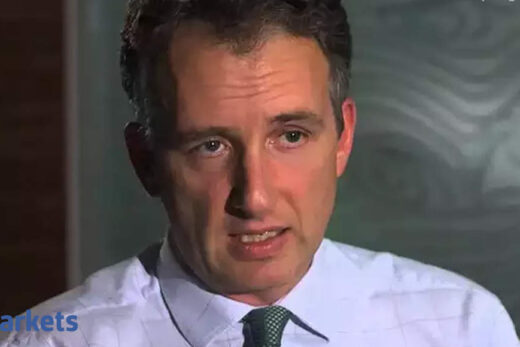Some, pointing to higher-than-usual equity returns and valuations for this stage of the cycle, are even asking whether this could just be the same, decade-old bull market which survived last year’s COVID-19 blow.
Either scenario isn’t great for markets. The accepted wisdom is that bull markets don’t die of old age. They meet their end at the hands of central banks, typically when valuations and leverage get too exuberant.
So if COVID-19 didn’t kill the bull, the Federal Reserve’s upcoming stimulus unwind may do it. Such fears have already slowed equity gains in recent weeks, accelerated flows to safe-haven cash and defensive assets.
Grace Peters, investment strategist at J.P. Morgan Private Bank, noted that less than 18 months in, markets were displaying “mid-cycle” characteristics that had appeared only around the five-year mark last time.
The S&P 500 index is 24% above the prior bull market peak hit in Feb 2020. After 2008, stocks took roughly five years to achieve that milestone.
Peters noted, too, that equity returns are running already in the “mid-teens”, faster than the mid-to-high single digits which is typical of the mid-cycle phase.
“I’m surprised by the speed of travel compared to the 2008 crisis… we’ve been growing cautious about a short-term pullback.”
The 2009-2020 bull market was the longest ever, racking up global equity gains of 237%. The pandemic then brought on the fastest bear market ever — classed as a 20% top-to-bottom drop.
That bear was quickly chased away by central banks which slashed interest rates and turned on the money-printing presses. Since then global stocks have risen 73% – $42 trillion in value.
Those moves indicate a new cycle, technically at least. But the shallow bear market and the much faster and stronger bounceback are causing some to have doubts.
“We never had an extended down cycle,” said Eaton Vance’s chief equity investment officer Edward Perkin said. “This equity market is either mid- to late-cycle or it is in the second act of the previous cycle that never ended.”



